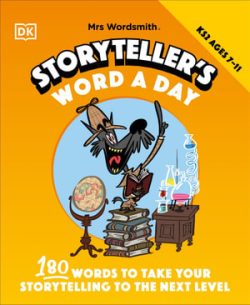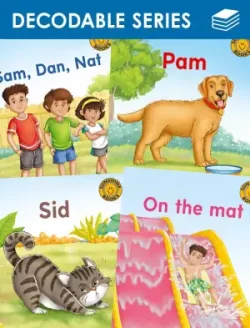Phonemic Awareness BLUE Foundati...
$180.002770000035385
Showing 101–120 of 152 results
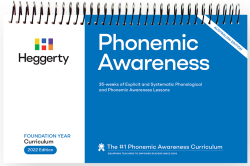

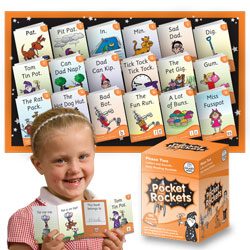
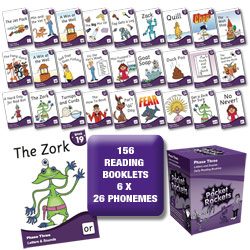
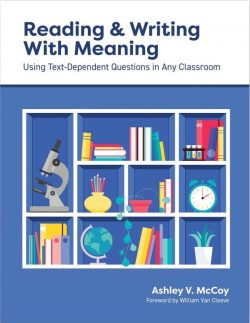
Reading & Writing With Meaning provides a structured yet engaging approach to tackling text-dependent questions. These questions help teachers and their students think critically about what they read, regardless of instructional context, subject matter, or grade. Specifically, this book develops teachers’ deep understanding of text-dependent questions, how they are formed, and how they can be used in the classroom.
Instructors working with students of diverse abilities will find this guide’s format, sample text excerpts, and gradual release framework beneficial. Templates, charts, and examples are generously used throughout the book to make text-dependent questions both accessible and useful; a dropbox file of essential templates makes practice opportunities accessible to the teacher.
This book is a great choice for teachers who want to help students develop a deeper understanding of what they read.

ISBN: 978-0-787-99289-7 By Dolores Hiskes Now in its fifth edition, Reading Pathways offers an easy-to-use, highly effective approach to teaching reading accuracy and fluency to students of all ages, using a unique pyramid format. Reading pyramids begins with one word, and slowly build into phrases and sentences of gradually increasing complexity. As the student moves from the…
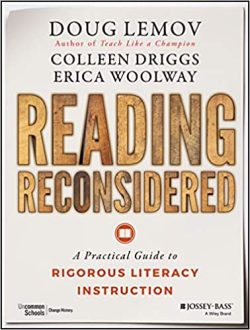
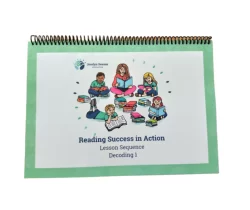
When making the shift to a systematic, explicit approach to teaching reading, it can be challenging to know how to arrange content in a way that supports the learning of every child in your class. The Reading Success in Action lesson sequence is designed to take the guess work out of making instructional decisions in teaching the basic code. Don’t spend hours agonizing over what, when and how to teach decoding. Follow the sequence and give your mental energy to supporting the students in your care.
– 86 pages of content
– Follows the Letters and Sounds sequence (s a t p i n m d g o c k ck e u r h b f l ff ll ss j v w x y z zz qu ch sh th ng)
– Easy to follow lesson plans contain instruction, teacher background knowledge, word lists and differentiated decodable sentences.

When making the shift to a systematic, explicit approach to teaching reading, it can be challenging to know how to arrange content in a way that supports the learning of every child in your class. The Reading Success in Action Lesson 2 sequence is designed to take the guess work out of making instructional decisions in teaching the first half of the complex code. Don’t spend hours agonizing over what, when and how to teach decoding. Follow the sequence and give your mental energy to supporting the students in your care.
Details:
– 75 pages of content
– Follows the sequence of ay, ee, igh, oa, oo (as in zoo), or, oy, ar, oo (look), er, ou, are, ow, oi, ir, a_e, i_e, o_e, u_e, ea, ai, ie, aw, ur, ear, le. The sequence has been chosen to reflect the most common grapheme representations as well as separating graphemes that represent the same phonemes. This conservative arrangement supports the cognitive load of students who are vulnerable to cognitive overload and confusion.
– Easy to follow lesson plans contain instructions, teacher background knowledge, word lists and differentiated decodable sentences. Three word lists and sentences enable you to reteach lessons as needed without repeating words. Lesson also contain recommendations of irregular high frequency words mapped to the decodable texts included in the sequence.
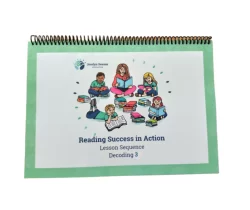
When making the shift to a systematic, explicit approach to teaching reading, it can be challenging to know how to arrange content in a way that supports the learning of every child in your class. The Reading Success in Action lesson sequence is designed to take the guess work out of making instructional decisions in teaching the basic code. Don’t spend hours agonizing over what, when and how to teach decoding. Follow the sequence and give your mental energy to supporting the students in your care.
Details of Reading Success in Action 3
– 27 teaching units covering alternate spellings of the phonemes of English with accompanying spelling/morphology detours for each unit.
– Easy to follow lesson plans contain instruction, teacher background knowledge, word lists and decodable sentences.
– Each ‘set’ has a page aligning decodable texts from different series (include free resources) with that place in the sequence so that you can have absolute confidence that your students won’t be led into the ‘guessing zone’ while reading.
– Instructions for teaching the lessons include QR codes with links to videos explaining each step of the process – pronouncing the sounds, preparing to teach, teaching phoneme/grapheme correspondence, teaching decoding and encoding (reading and spelling), teaching irregular high frequency words, using decodable texts.
– And an informal assessment and class tracking sheet to monitor progress
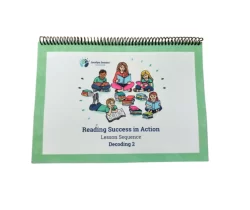
When making the shift to a systematic, explicit approach to teaching reading, it can be challenging to know how to arrange content in a way that supports the learning of every child in your class. The Reading Success in Action Lesson 2 sequence is designed to take the guess work out of making instructional decisions in teaching the first half of the complex code. Don’t spend hours agonizing over what, when and how to teach decoding. Follow the sequence and give your mental energy to supporting the students in your care.
Details:
– 75 pages of content
– Follows the sequence of ay, ee, igh, oa, oo (as in zoo), or, oy, ar, oo (look), er, ou, are, ow, oi, ir, a_e, i_e, o_e, u_e, ea, ai, ie, aw, ur, ear, le. The sequence has been chosen to reflect the most common grapheme representations as well as separating graphemes that represent the same phonemes. This conservative arrangement supports the cognitive load of students who are vulnerable to cognitive overload and confusion.
– Easy to follow lesson plans contain instructions, teacher background knowledge, word lists and differentiated decodable sentences. Three word lists and sentences enable you to reteach lessons as needed without repeating words. Lesson also contain recommendations of irregular high frequency words mapped to the decodable texts included in the sequence.
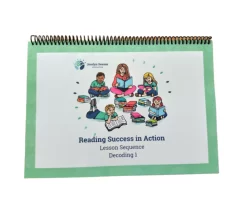
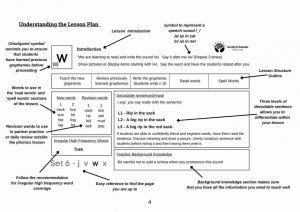
When making the shift to a systematic, explicit approach to teaching reading, it can be challenging to know how to arrange content in a way that supports the learning of every child in your class. The Reading Success in Action lesson sequence is designed to take the guess work out of making instructional decisions in teaching the basic code. Don’t spend hours agonizing over what, when and how to teach decoding. Follow the sequence and give your mental energy to supporting the students in your care.
Details:
– 86 pages of content
– Follows the Letters and Sounds sequence (s a t p i n m d g o c k ck e u r h b f l ff ll ss j v w x y z zz qu ch sh th ng)
– Easy to follow lesson plans contain instruction, teacher background knowledge, word lists and differentiated decodable sentences.
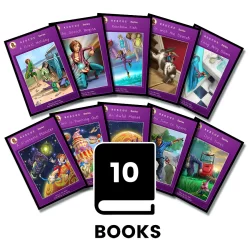
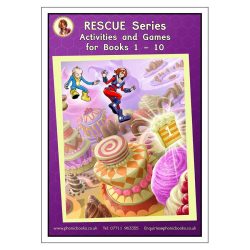
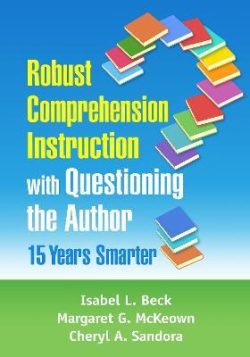
This practical K-12 teacher resource explains the “whats,” “whys,” and “how-tos” of using Questioning the Author (QtA), a powerful approach for enhancing reading comprehension and engagement. Thorough yet concise, the book shows how to plan lessons using both narrative and expository texts, formulate open-ended Queries, and guide class discussions around them. The authors discuss how QtA has evolved over many years of classroom application and include innovative ideas for integrating vocabulary instruction and writing prompts into QtA lessons. Also provided are steps for gradually transitioning from teacher-led instruction to independent reading. The book features extended examples of teachers implementing QtA, as well as four complete texts that can be downloaded and printed for classroom use.
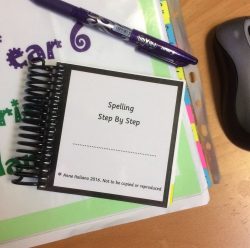
BY Anne Italiano
ISBN 2770000027441 Spiral Bound Version
(includes GST)
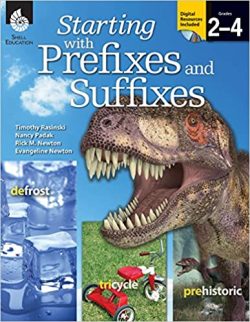
BY Timothy Rasinski, Nancy Padak, Rick M, Newton and Evangeline Newton ISBN 9781425811037 Fully Photocopiable, this resource allows you to dive into prefixes and suffixes where students in grades 2–4 will expand their vocabularies and improve their word knowledge. Teachers will be able to adapt the ideas here for year 1 students and probably Reception/Foundation…
